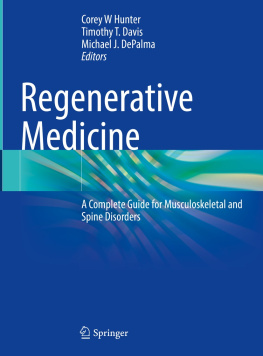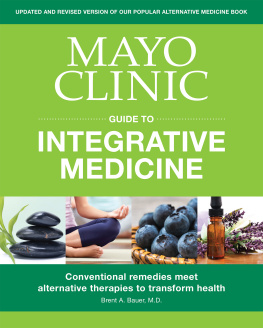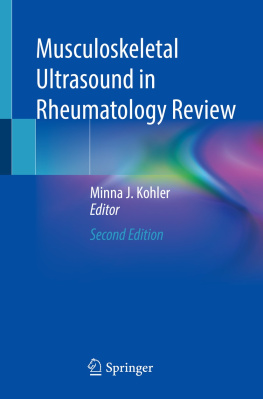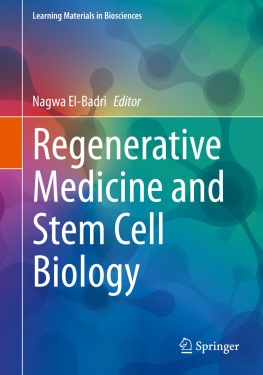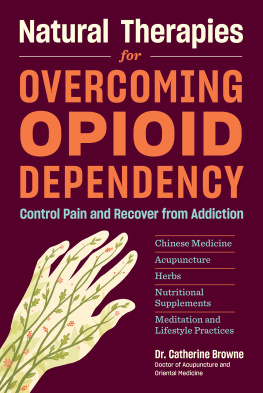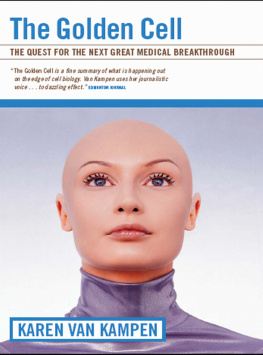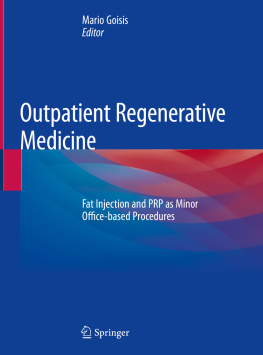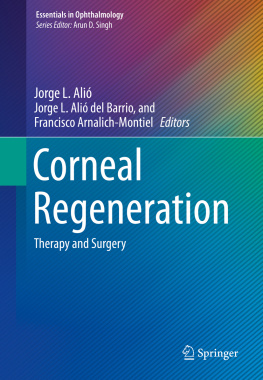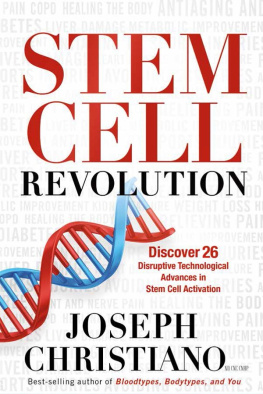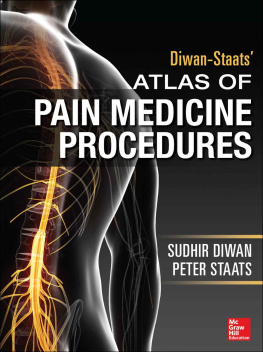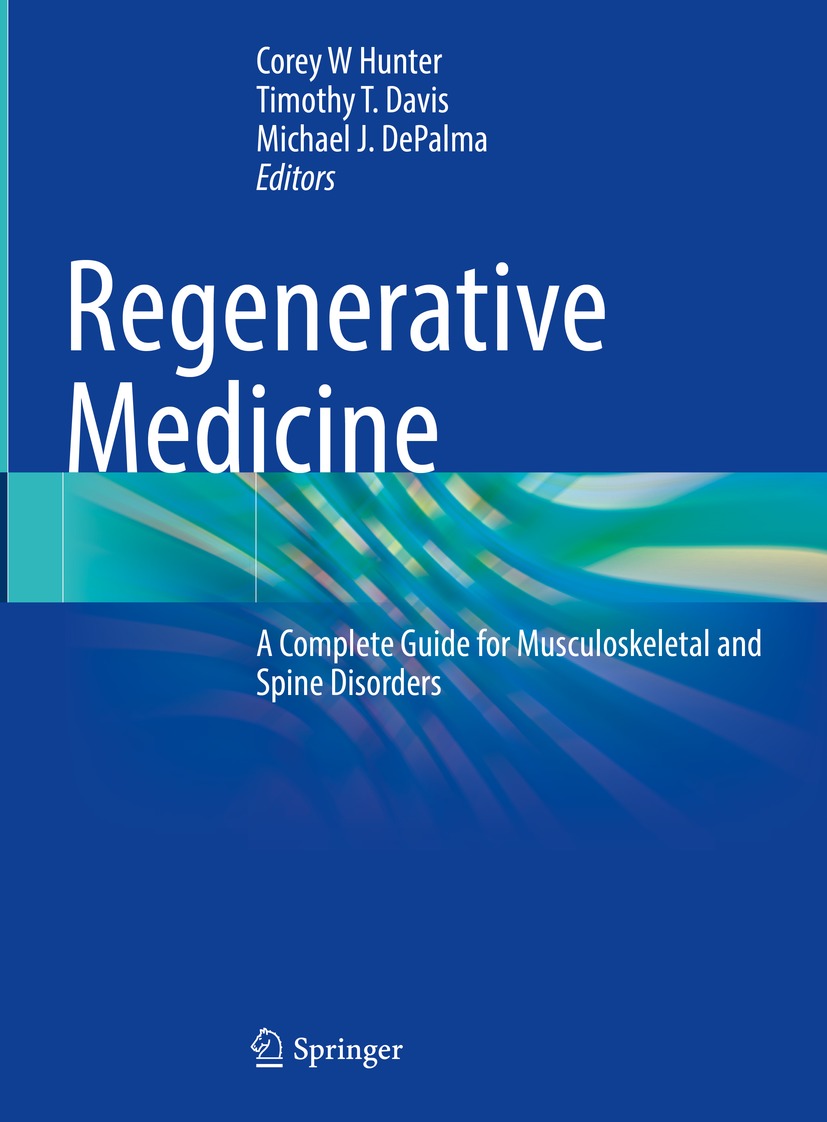Editors
Corey W Hunter , Timothy T. Davis and Michael J. DePalma
Regenerative Medicine
A Complete Guide for Musculoskeletal and Spine Disorders

Logo of the publisher
Editors
Corey W Hunter
Ainsworth Institute of Pain Management, Mount Sinai Hospital Ainsworth Institute of Pain Management, New York, NY, USA
Timothy T. Davis
Source Healthcare and Source Surgery Center, Santa Monica, CA, USA
Michael J. DePalma
Virginia iSpine Physicians, Richmond, VA, USA
ISBN 978-3-030-75516-4 e-ISBN 978-3-030-75517-1
https://doi.org/10.1007/978-3-030-75517-1
Springer Nature Switzerland AG 2023
This work is subject to copyright. All rights are reserved by the Publisher, whether the whole or part of the material is concerned, specifically the rights of translation, reprinting, reuse of illustrations, recitation, broadcasting, reproduction on microfilms or in any other physical way, and transmission or information storage and retrieval, electronic adaptation, computer software, or by similar or dissimilar methodology now known or hereafter developed.
The use of general descriptive names, registered names, trademarks, service marks, etc. in this publication does not imply, even in the absence of a specific statement, that such names are exempt from the relevant protective laws and regulations and therefore free for general use.
The publisher, the authors, and the editors are safe to assume that the advice and information in this book are believed to be true and accurate at the date of publication. Neither the publisher nor the authors or the editors give a warranty, expressed or implied, with respect to the material contained herein or for any errors or omissions that may have been made. The publisher remains neutral with regard to jurisdictional claims in published maps and institutional affiliations.
This Springer imprint is published by the registered company Springer Nature Switzerland AG
The registered company address is: Gewerbestrasse 11, 6330 Cham, Switzerland
I would like to thank all of my mentors (Tim Deer, Tim Davis, Robert Levy, Doug Beall, Mike DePalma, Sudhir Diwan, Rick Paicius, Stan Golovac, Salim Hayek, and Keith Boettiger) for showing me the way, my professional colleagues (Amit Gulati, Dawood Sayed, Kasra Amirdelfan, Jason Pope, Steven Falowski, Rob Heros, Houman Danesh, Ed Rubin, John Formoso, and so many others) for making sure I stayed on the path, my personal friends for keeping me grounded along the way, and most of all my family (my amazing wife Courtney, Alexandra, Liam, Harley, and my big brother Bill) for giving me the strength to make sure I got there. I am who I am because of all of you, and I dedicate this book to all of you. Corey W Hunter, MD
I dedicate this textbook to my cherished colleagues who graciously respond to provide insight, direction, and humor. May our field advance and innovate partly by works such as this textbook to share viewpoints, knowledge, and stimulus for future research. Timothy T. Davis, MD
Dedicated to my daughter Elina and son Taj. Michael J. DePalma, MD
Preface
Regenerate (regenerate; ri-je-n-rt): to generate or produce anew; to replace (a body part) by a new growth of tissue; to restore to original strength or properties.
The field of medicine has come a long way since the days of opium and willow tree bark. While eras of time are earmarked by diseases and illnesses that plagued the living of that period, they are equally remembered for the scientific breakthroughs they gave way to that allowed for our species to survive and persevere. Each discovery rendered treatments that allowed mankind to treat the untreatable. Fortunately, the minds of luminaries never grew content, ever searching for the next cure or an advancement that would allow us to continue to push the boundaries of what was possible. But for each problem that was solved, another obstacle was revealed; the obstacle of our time has been finding the means to make the body fix itself.
The human body is a resilient machine that can repair itself after withstanding impressive amounts of damage, yet there are certain instances where it cannot, relegating it to an impasse that it will never cross. For as far as we have progressed, we still have no way to make the brain regenerate lost tissue, repair a damaged spinal cord in quadriplegic, regrow lost cartilage in an arthritic joint, or even repair a degenerative disc in the spine. For these and many other conditions where damage appears to be irreversible, we have turned to the idea of regenerative medicine in an attempt to trick the body into regenerating itself and repairing the injury.
Regenerative medicine has gone by many names over the years: biologics, stem cell therapy, embryonic stem cells, platelet rich plasma, prolotherapy, amnioticwhatever the name or label, many view the field like to be the holy grail or even the final frontier of medicine due to the seemingly endless possibilities for its utility. Whether it be repairing the nigrostriatal pathway of the brain in a person with Parkinsons, regrowing lost islet cells in the pancreas of a person with diabetes, repairing retinal damage in an eye, or simply treating pain in a damaged tendon, regenerative medicine may very well hold the key to helping mankind move beyond the obstacles of our era.
As the field has grown, so has its use in everyday practice particularly in the specialties of pain and orthopedics. Despite the groundswell in its popularity, a lack of adherence to evidence-based medicine and essential standards has developed, for which it is utilized in basic practice. Contrary to virtually every other therapy and/or medical treatment currently being utilized, regenerative medicine is not part of an educational curriculum within any field or specialty within medicine; rather it is relegated to word of mouth or weekend courses whereby one medical professional will merely share their personal experiences for a price to others that wish to bring these methods into their own practices. Often, there is little regard for evidence or best practices within these educational offerings, simply ways to maximize profits. Consequently, the belief that regenerative therapies are pixie dust or some form of magical treatment that can cure all ailments has developed which has created a schism between reality and marketing fiction.
Regenerative medicine is impressive and revolutionary by its right, without any need for embellishment or exaggeration if it is ever to reach its full potential, it will need to stand on its own merit with real data and factual evidence as the foundation. The purpose of this book was to bring together the worlds experts in regenerative medicine and consolidate that evidence into a first-of-its kind resource that will give future practitioners an evidence-based resource on how to best implement this therapy in the real world.
It is our hope that this book will be a beacon of light for the field that highlights not only the importance of data but the continual need for even more, as well as becoming call-to-action that will drive others to build upon what we present here by publishing similar works predicated on real data. As time moves on, and the future becomes the past, we endeavor to make this offering a living document that will be continually updated as more data enters the fold and future therapies come into play.

